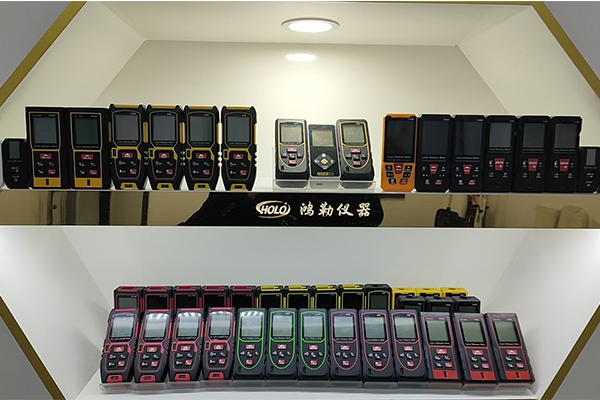Technological innovation is profoundly reshaping the competitive landscape and development trends of measuring tools in China from multiple dimensions.
In the realm of high – end product development, the high – end market for measuring tools China was long dominated by foreign brands. However, domestic enterprises have now achieved breakthroughs through technological innovation. For example, in the field of high – precision optical measuring instruments, some domestic enterprises have independently mastered advanced optical design, precision manufacturing processes, and high – performance sensor technologies. They have introduced products with comparable performance to imported ones but at more competitive prices, gradually breaking the foreign monopoly.
Technological innovation also contributes to the continuous increase in market concentration. Innovation requires substantial R & D investment, strong technical teams, and R & D platforms. Large enterprises, with their resource advantages, can quickly invest in the research and development of new products and technologies. In contrast, small and medium – sized enterprises, limited by funds and technology, find it difficult to keep up with the pace of innovation. In the face of the rapid development of new technologies, they gradually lose their competitiveness. Some may withdraw from the market, while others may be acquired by larger enterprises, thus promoting the increase in market concentration. For instance, in the laser measuring instrument market, large enterprises that have mastered advanced laser ranging technology and high – precision data processing algorithms are gradually expanding their market share, while small – scale manufacturers relying on traditional technologies are being phased out.
Regarding differentiated competition, technological progress has enriched the types of measuring tools, enabling enterprises to develop unique products. For example, in response to the growing demand for on – site and real – time measurement in the construction industry, enterprises have developed portable, wirelessly connected measuring tools using Bluetooth and Wi – Fi technologies. These tools can not only measure data accurately but also transmit it to mobile devices or cloud platforms in real – time for easy data management and sharing. In the field of environmental monitoring, measuring tools with built – in multi – pollutant sensors can simultaneously detect various environmental parameters such as air quality, water quality, and noise, meeting the diverse needs of different industries and customer groups and helping enterprises stand out in the market.
Moreover, technological innovation has propelled Chinese enterprises in the measuring tools sector to participate in global competition. Through continuous innovation, domestic enterprises have improved their technological levels, and their products have gained recognition in the international market. In the field of electronic measuring instruments, some Chinese enterprises have developed cost – effective products with advanced digital signal processing and high – precision analog – to – digital conversion technologies. These products not only meet the needs of emerging economies for measuring tools but also gradually enter the markets of developed countries. Meanwhile, mastering core technologies enables Chinese enterprises to participate in the formulation of international standards, enhancing their voice and influence in the global market. This promotes the Chinese measuring tools industry to step onto the global stage.
As China continues to prioritize technological innovation, the measuring tools industry is poised for further growth and global leadership. The relentless pursuit of innovation will not only reshape the domestic market but also enhance China’s position in the international measuring tools arena, contributing to the country’s broader goals of technological self – sufficiency and global competitiveness.

